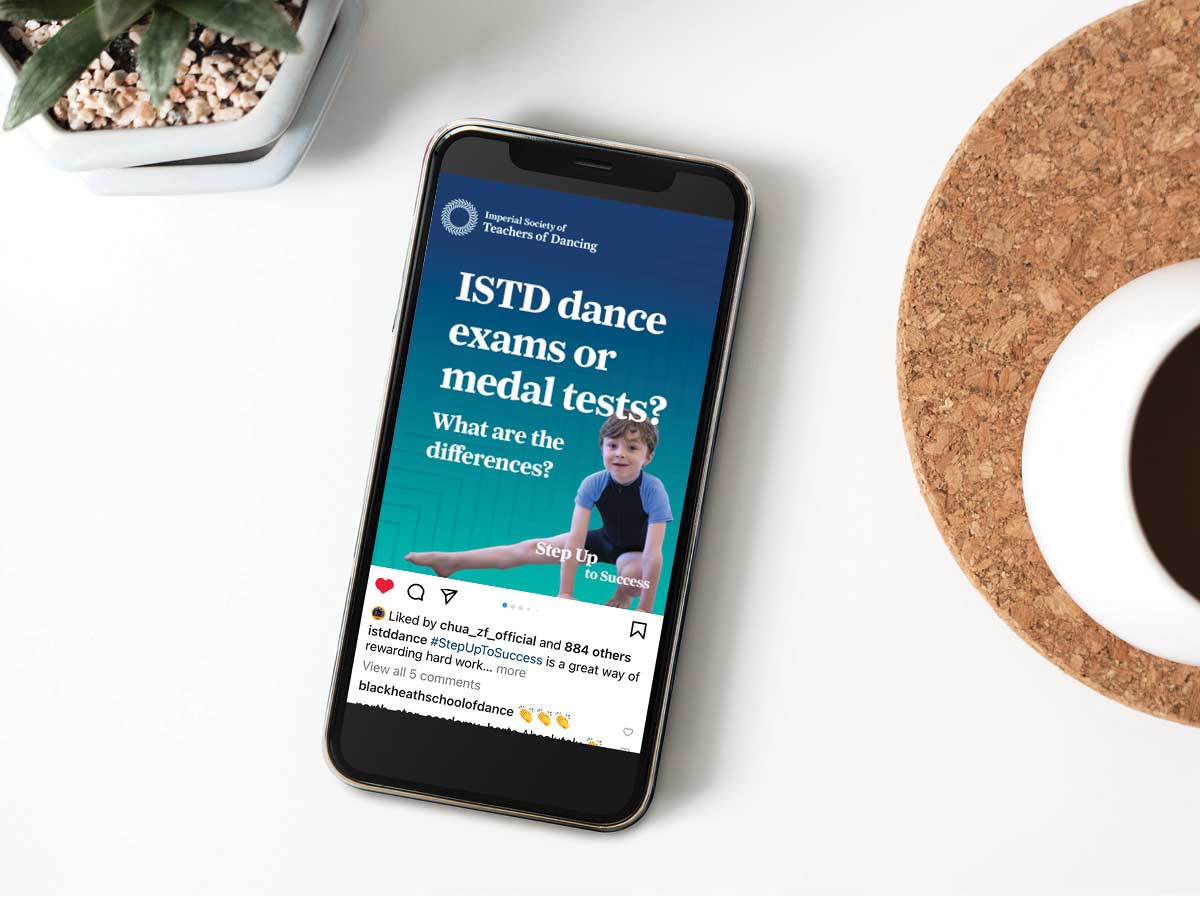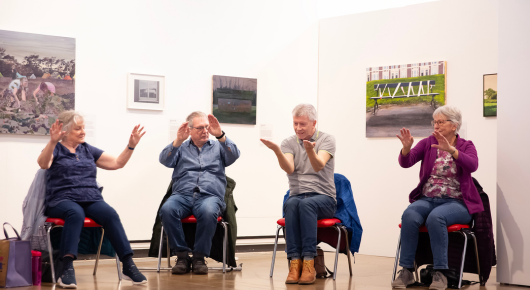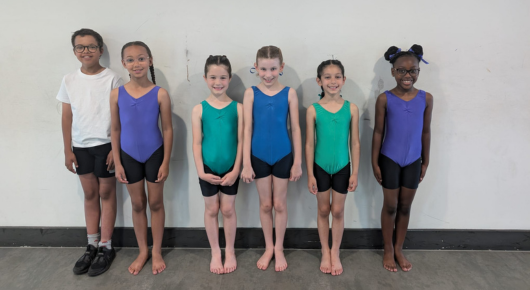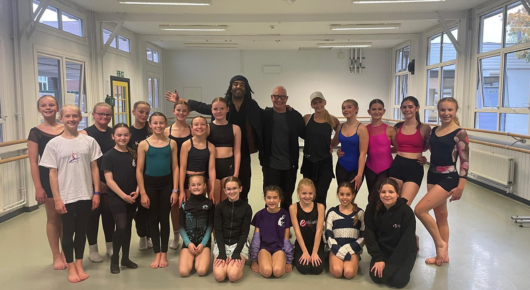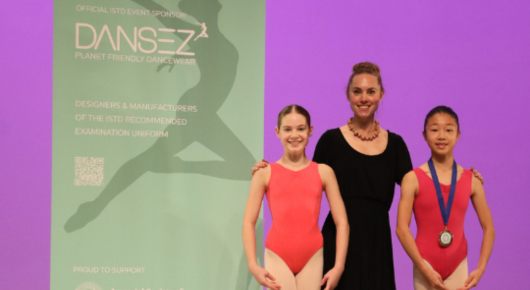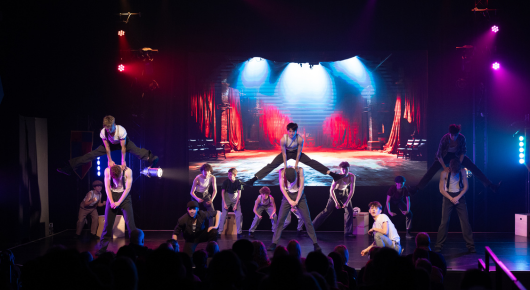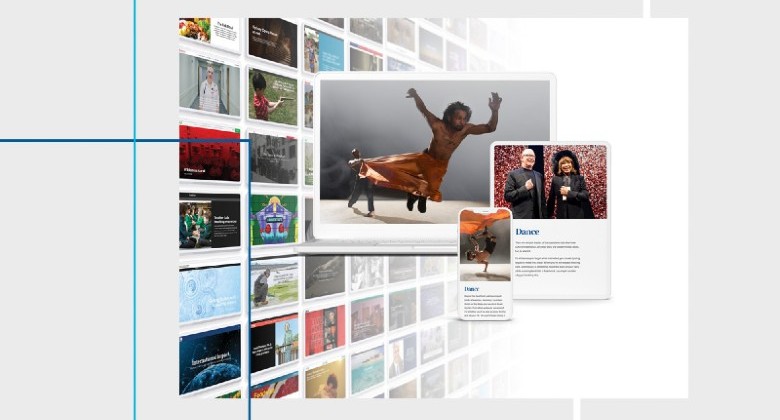2 July 2025
Performer, choreographer and teacher Anne-Marie Wojna is a shining example of this. From her first ISTD classes at the Betty Wivell Academy of Performing Arts to her West End debut in Cabaret, Anne-Marie’s journey shows how ISTD exams can unlock artistic potential, foster resilience, and even plant the seeds for a future in teaching.
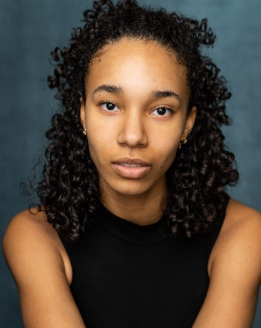
Please tell us about yourself and how you started your training?
Aged eight, I joined Betty Wivell Academy of Performing Arts the school only for drama classes, but when I saw my sister, Sophie, singing Princess Fiona and tapping as a seagull in BWA’s musical production of Shrek and The Little Mermaid, I knew I had to do it all too! Before long, I was learning every dance genre and singing, all with the support of my amazing mum, Elizabeth Reeves and the BWA community of teachers and peers. I completed many exams at BWA; Imperial Classical Ballet Advanced 1, Advanced 2 Tap and Modern and Intermediate Foundation Contemporary, all with distinctions. The BWA Trust enabled me to continue my training after I left at 18, where I graduated from Arts Educational with BA (Hons) in Musical Theatre.
Whilst at ArtsEd, I was able to work with many industry professionals firsthand through my training, and in my third year, starred as Helene in Sweet Charity and Ensemble/Dance Captain in Rent. I also performed with the ArtsEd Choir at Drury Lane Theatre in the Pippin 50th Anniversary Concert and am thrilled to start my professional career in the cast of Cabaret as Frenchie and alternate Sally Bowles! After so many years of dedicated training, I feel ready to share my artistry and start to express important stories through performance.
What did you enjoy in your ISTD classes and how did this structure help you?
"The biggest help has been learning the level of technique required for ISTD exams, as this has made an enormous difference in staying safe from injury whilst training and performing.
For my teaching, the structure is so helpful in aiding students’ improvement and confidence. Having the experience of teaching at schools without the ISTD syllabus, it was sometimes hard for students to experience a full range of dance skills consistently. I think the variety in exercises, both in technique and storytelling, allows for students of various levels and learning styles to fully connect and explore their strengths, as well as weaknesses. Some students of mine would absolutely love rhythm because they understood it like it was maths, and others could not wait to get to improvisation so they could just dance freely to their heart's content.
I continued to teach the ISTD syllabus whilst training vocationally and I found I had more performance ideas to offer my students as I developed my understanding of my own artistic abilities. I could then relate to my students, having been in their shoes, and inspire them with stories, videos and songs that encouraged me when I was their age.
What was your journey like as a student to professional?
Studying dance teaching at BWA during my time at The BRIT School was very important to me, as I knew this would also provide me with a head-start in supporting myself financially during drama school training. However, as much as this was a practical decision, it was also a passionate one. Teaching dance was another future path I wanted pursue. The BWA Trust sponsored me through units 1 and 3, of my DDE and I am completing my other units. I have found a great deal of fulfilment aiding the development of kids as young as three up to young adults and it is something I can’t imagine giving up forever.
Post-drama school, I have big dreams for my career and as well as performing. I also love to write and choreograph and so the desire to produce a book and choreograph full productions I see in my future.
Please talk about your most proud moments or highlights in your training and career.
My teaching highlights are watching the maturity and understanding shown by my students and how they interact with my choreography whether that is a solo, duet or group. I’ve always treated my students as adults no matter their age, so they develop a sense of independence and pride in their work, leaving their dances in their hands to rehearse and return to class with an elevated standard. This always brings immense joy to me and many of my favourite times have been watching my students in rehearsal.
My proudest moments in my own training tend to be more personal, so learning lessons about how to truly stand tall when I sing and not shrink myself for anyone, as well as being able to express myself and be vulnerable on stage.
What qualities do you feel were important when training as a young student?
Having a judgement-free, supportive environment like BWA, was pivotal to my development as a young student. I was surrounded by people who were just as excited about dancing, singing and acting as I was, so I could share that with them. Having many kinds of older students to look up to was inspirational to see their hard work, creativity and dedication.
What qualities do you wish to instil in your students/dancers? And what skills/qualities do you feel are important to have in the dance/performance industry?
I hope my students understand that just because something is challenging, it doesn’t mean it is impossible or that it is not worth doing. Personally, I’ve always thrived when challenged and so I always want my students to feel the same instinct to strive for a challenge, as this is when the most impactful mistakes are made and where the best learning happens.
I feel there needs to be an emphasis on reaching the students when it comes to teaching. Whether they feel like they can relate to you, or you can offer them examples of successful dancers that look like them consistently, or you can offer them a space to share their own interests and passions, it goes such a long way. Especially for kids that are shyer, having a space to express themselves will do half the work for their dancing.
Resilience is definitely important, if not a requirement, for performing! The industry is tougher than ever as it’s still struggling post-lockdown to recover, projects cancelled and shows closing early left, right and centre. It’s so important to stay strong in your self-belief and keep working smart.
Is inclusivity important to you? How does this manifest itself in your professional world?
Incredibly. I fall into quite a few intersections as a queer, bi-racial woman and so watching shows, movies or reading books that have characters I can relate to or look like me, made me feel I had a place in the world. There is nothing more dangerous than loneliness, in my opinion. This is one of the main reasons I’m pursuing this career to give future generations what older generations of storytellers and artists have given to me.
What advice or key strengths would you highlight to any teachers, students and student teachers wanting to go into the dance/teaching profession?
My main advice for student teachers is to be the teacher you always wanted to have. Everyone brings their own perspectives and ideas to the world, so reflect this in your teaching. I’ve found that my best lessons are when I’ve connected with my students by offering a variety of teaching methods in one lesson and remembering to have fun.
For students wanting to train and work professionally, they must be very aware of why they are choosing this path and love it. As there are times when it will be tough. Always prioritise ways to keep yourself inspired, whether it’s watching dancers, taking class in different studios so you’re learning from mix of styles and types of teachers and choreographers, or indeed a completely different hobby can help, as this allows you to create space between yourself and your career to keep things in perspective.
Step Up to Success
Anne-Marie’s story is a testament to the power of structured, supportive dance training – something at the heart of the ISTD’s Step Up to Success campaign. Her own progression through ISTD exams not only helped develop strong technical foundations but also sparked her love for teaching and choreography. The discipline, creativity and confidence gained through these exams have clearly supported both her professional career and her work with the next generation of dancers. Anne-Marie’s journey shows that ISTD exams are far more than a pathway to grades – they’re a launchpad for artistry, resilience and lifelong success in dance.
